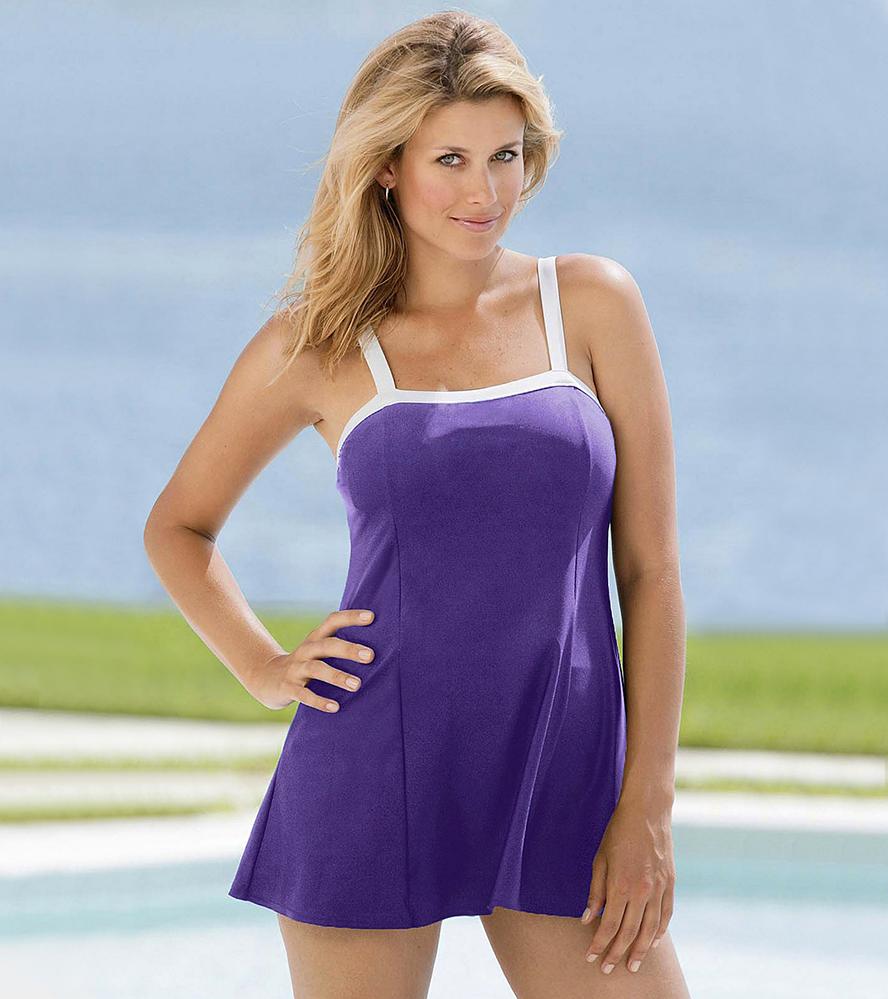Should SPF Ratings Be Standardized Globally
In the sunlit corners of our world, where the rays kiss the earth with both warmth and potential harm, the humble sunscreen bottle becomes an essential ally. Yet, amidst the vibrant array of SPF ratings and promises of protection, a question emerges from beneath the surface: should these ratings be unified across the globe? As we journey through this article, we will explore the complexities and implications of standardizing SPF ratings, navigating through the scientific, cultural, and regulatory landscapes that shape our sun safety practices. Join us as we delve into this debate, where science meets skin, and global consensus hangs in the balance.
Understanding SPF: A Global Patchwork of Standards
When it comes to sun protection, the SPF (Sun Protection Factor) rating system is a critical guide for consumers worldwide. However, this seemingly straightforward metric is anything but universal. Different countries have their own methodologies and regulations for SPF testing and labeling, creating a patchwork of standards that can be confusing for consumers. In the United States, for example, the FDA mandates specific testing procedures, while European countries follow the guidelines set by the International Organization for Standardization (ISO). Meanwhile, Australia has its own rigorous standards tailored to its unique climate conditions.
This global disparity in SPF ratings can lead to inconsistencies in how sunscreen efficacy is perceived and trusted. Consumers often face challenges such as:
- Variability in UV protection: A product labeled as SPF 50 in one country might not offer the same level of protection in another.
- Confusion over labeling: Different terminology and units of measurement can complicate the purchasing decision.
- Limited cross-border compatibility: Sunscreens purchased abroad may not meet local regulatory standards, leading to potential safety concerns.
The need for a standardized global SPF rating system becomes apparent as it would not only simplify consumer choices but also enhance trust in sun protection products across international borders.
The Science Behind SPF: Why Uniformity Matters
The concept of SPF, or Sun Protection Factor, is not just a numerical value; it is a scientific measurement designed to gauge the effectiveness of sunscreen products in protecting the skin from harmful UV radiation. SPF ratings are determined through rigorous testing, where the time it takes for UVB rays to redden protected skin is compared to unprotected skin. Uniformity in SPF ratings is crucial because it ensures that consumers worldwide have a reliable standard to trust, regardless of where they purchase their sunscreen.
However, disparities in testing methods and regulatory standards across different countries can lead to confusion and potential misuse. Key reasons why uniformity matters include:
- Consumer Trust: A standardized system can enhance confidence in product efficacy.
- Global Consistency: It ensures that products provide the same level of protection globally.
- Ease of Comparison: Consumers can easily compare products from different brands and regions.
Ultimately, global standardization of SPF ratings could bridge these gaps, promoting both safety and informed decision-making in sun protection.

Challenges in Harmonizing SPF Ratings Across Borders
- Regulatory Variations: One of the most significant hurdles is the disparity in regulatory frameworks across different countries. Each nation may have its own criteria for testing and approving sunscreen products, leading to discrepancies in SPF ratings. For instance, a product labeled as SPF 50 in one country might be classified differently elsewhere due to distinct testing methodologies and standards. This lack of uniformity can confuse consumers who travel or purchase products internationally, as they might assume that SPF ratings are consistent across borders.
- Cultural and Climatic Differences: Cultural preferences and climatic conditions also play a crucial role in the formulation and marketing of sunscreens. Regions with higher sun exposure may prioritize higher SPF ratings, while others might focus on additional factors like moisturizing properties or eco-friendliness. These localized priorities can influence how SPF ratings are perceived and standardized, making it challenging to create a one-size-fits-all global standard.
Harmonizing SPF ratings globally would require a concerted effort to bridge these gaps, ensuring that consumers worldwide can rely on consistent and accurate information when choosing sun protection products.

Pathways to Global SPF Standardization: Recommendations for Change
Creating a cohesive framework for SPF ratings involves several key recommendations that could facilitate universal acceptance and understanding. Harmonization of testing methodologies is a crucial first step. By aligning the various testing protocols currently in use across different countries, discrepancies in SPF ratings could be minimized, providing consumers with a clearer picture of sun protection efficacy. Additionally, establishing a centralized regulatory body to oversee SPF standards could ensure consistency and reliability, much like the role of the International Organization for Standardization (ISO) in other fields.
Further, it would be beneficial to consider the introduction of a global SPF label, which would simplify the purchasing process for consumers worldwide. Such a label could include standardized information such as UVA/UVB protection levels, water resistance, and recommended reapplication intervals. In order to foster innovation and accommodate regional differences, flexibility in formulation should be allowed, provided it adheres to the core standardized criteria. These pathways, when executed collaboratively, have the potential to unify SPF standards globally, thereby enhancing consumer trust and safety.
Closing Remarks
As we draw the curtain on this exploration of SPF ratings and their potential global standardization, it’s clear that the sun never sets on the quest for optimal skin protection. Whether you’re basking on a tropical beach or navigating the concrete jungles, the sun’s rays are a universal constant, transcending borders and cultures. The conversation around SPF standardization is not just about numbers on a bottle; it’s about harmonizing science, safety, and accessibility for all. As the world turns its gaze toward a more unified approach, the challenge lies in balancing local needs with global consistency. Until then, as we continue to slather, spray, and shield ourselves from the sun’s embrace, let us remain vigilant and informed, advocating for transparency and efficacy in every sun care product we choose. After all, in the dance between sunlight and skin, knowledge is our most radiant ally.


